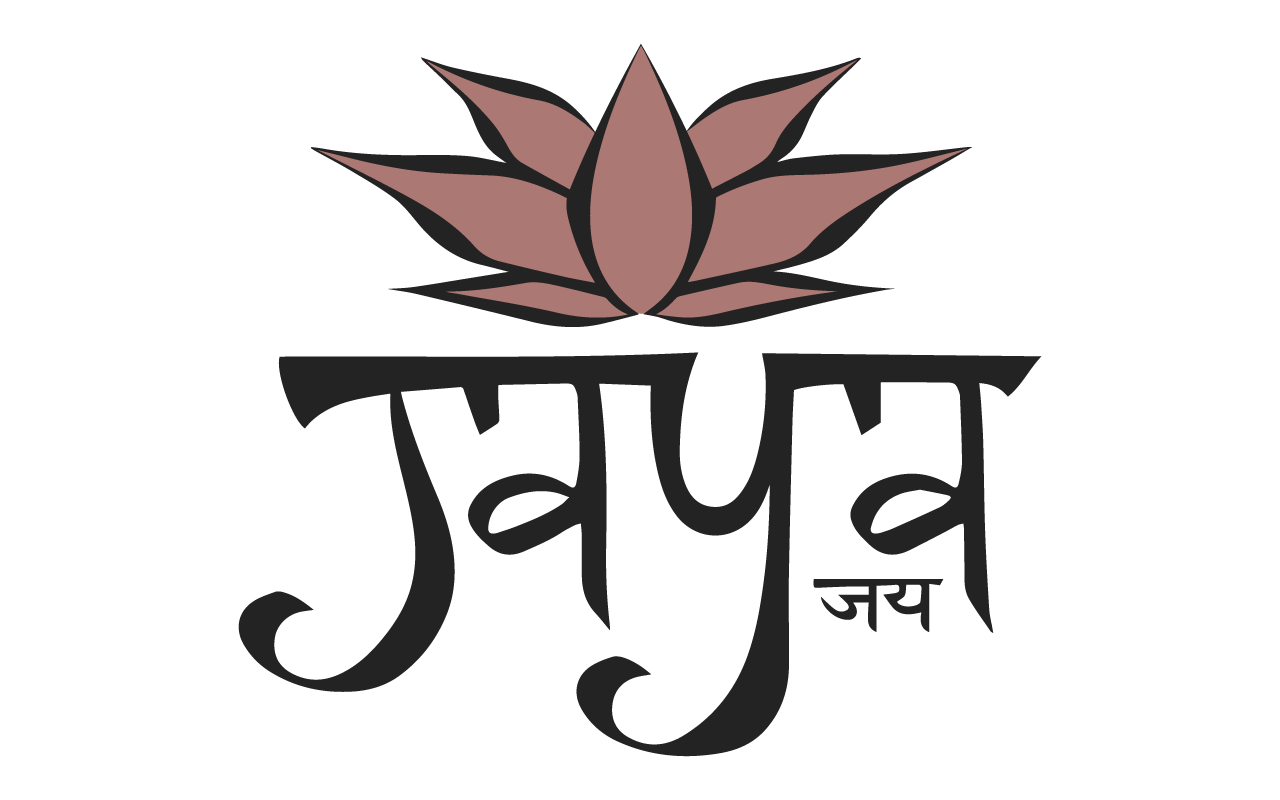Hip Hip Hooray or Hip Hip No Way?
Students either love hip focused practices or hate them. Rarely have I found a student in between or dispassionate on the subject of hip opening, as it’s usually referred to in the yoga world.
Why are hips simultaneously so popular and unpopular? Ever been in pigeon pose and felt a strong urge to cry? Maybe to laugh uncontrollably? Often it doesn’t register as emotion at first. Sometimes we feel more of a strong resistance, similar to a reflexive reaction. When emotions come bubbling up mid-yoga pose, it can take us by surprise. For most students their first inclination is to run from it, push it down and frequently attach contempt to the pose or pose family that is responsible for opening the floodgates.
Whether we label it mechanical tension, emotional stress or both, most human bodies likely hold tension in the hips. Habitual patterns, as well as sitting a lot, contribute to hip tension. Our hips are on call during flight or fight, when we curl up and pull our legs in towards the chest which is a common way humans self soothe. Energy of negative emotions can get bound up in the cellular memory of the body and cause physical and psychological angst. While you might not necessarily believe you have been exposed to something traumatic, we are constantly exposed to our own thoughts. Thoughts themselves are short lived but the body’s responses stay with us much longer. Yoga asana can act like a massage to these tissues, working the tension out while simultaneously releasing emotion living there as well. Think of your hips like an onion, always peeling back more layers and revealing more information and connection.
This month, instead of overfocusing on outer hips and hamstrings we are going to delve into the whole hip region. We’ll explore the hip flexors (front), adductors (inside leg muscles), hamstrings (and yes they are hip muscles) because they extend your hip, external hip rotators and abductors (outside of hip, glutes, etc) which work to stabilize your hips and pelvis when you stand or locomote. Instead, of dreading a hip focused practice can you envision it as an opportunity to practice self-study? If emotion arises, can you invite yourself to be present in your body enough to identify it? Can you see it as opportunity to get curious about what’s going on? What emotions are occuring?
Hip focused work is more than “hip opening.” Think about lengthening and strengthening your hips to create a balanced healthy range of motion as a well as stability in the whole hip region and releasing any physical or emotional tension impeding the process.

